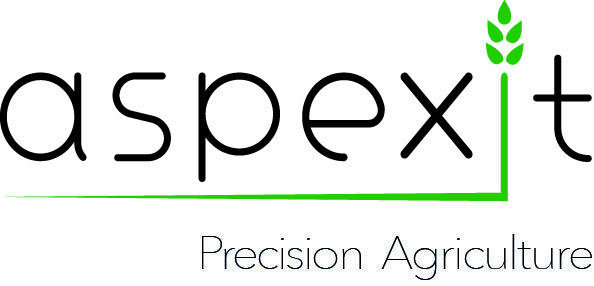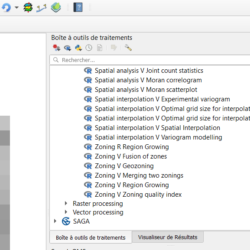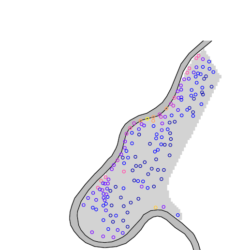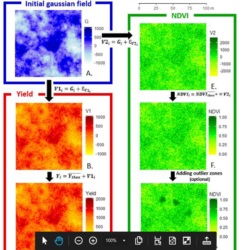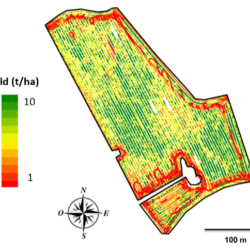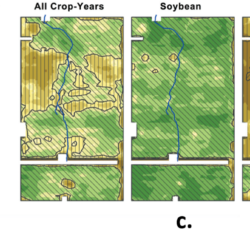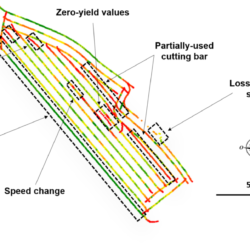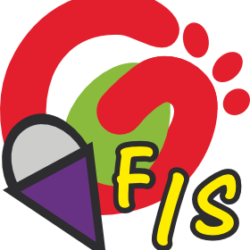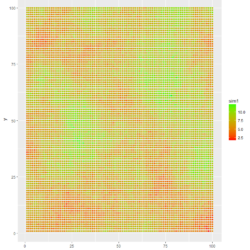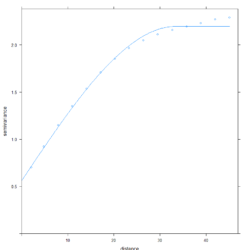R codes to be used in QGIS and a QGIS plugin to work in Precision Agriculture
We propose, in Beta version, a set of R codes (more than forty) and a QGIS plugin to manipulate and process data acquired in the framework of Precision Agriculture. The R codes and the QGIS plugin can be retrieved from the Aspexit GitHub account. Remember to read the tutorials to learn how to retrieve the Read more about R codes to be used in QGIS and a QGIS plugin to work in Precision Agriculture[…]
